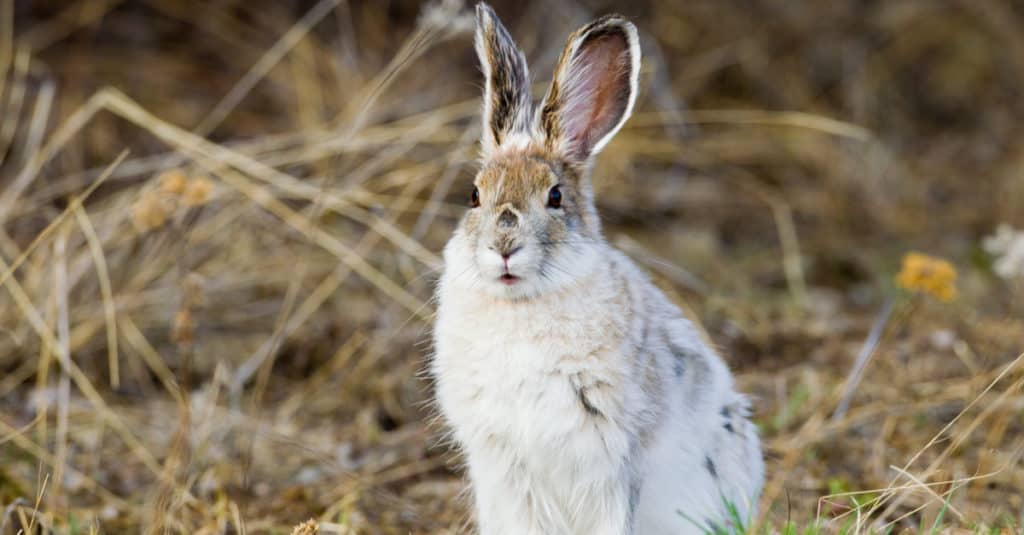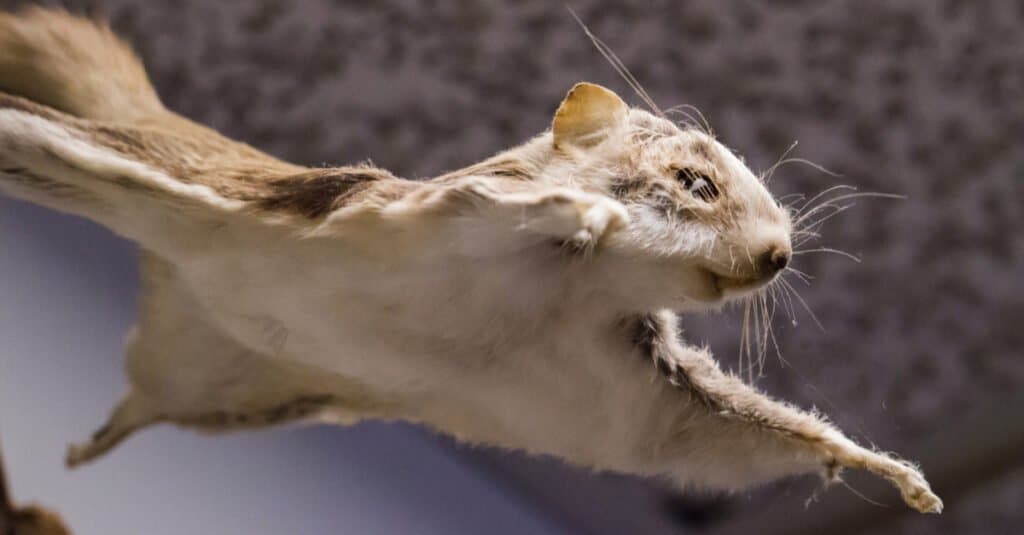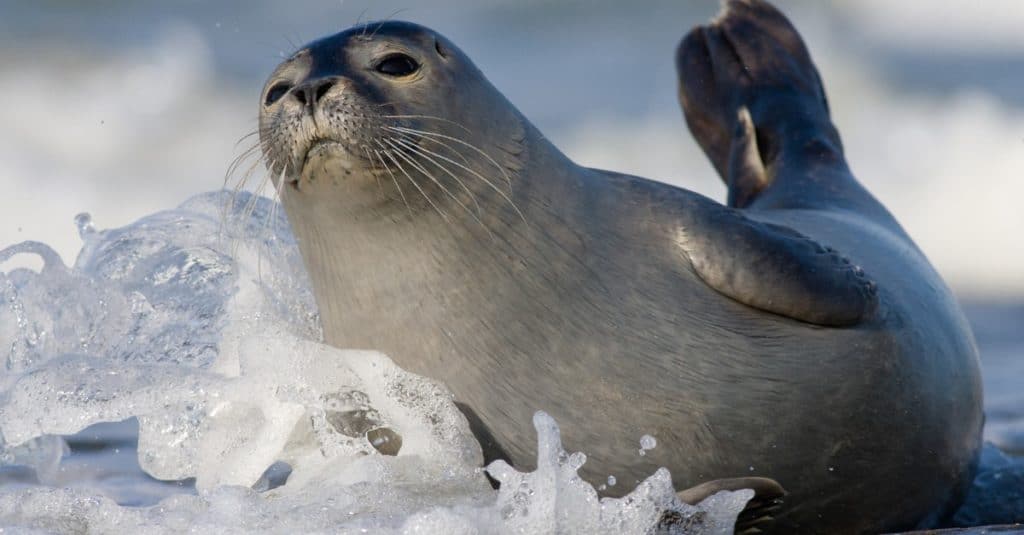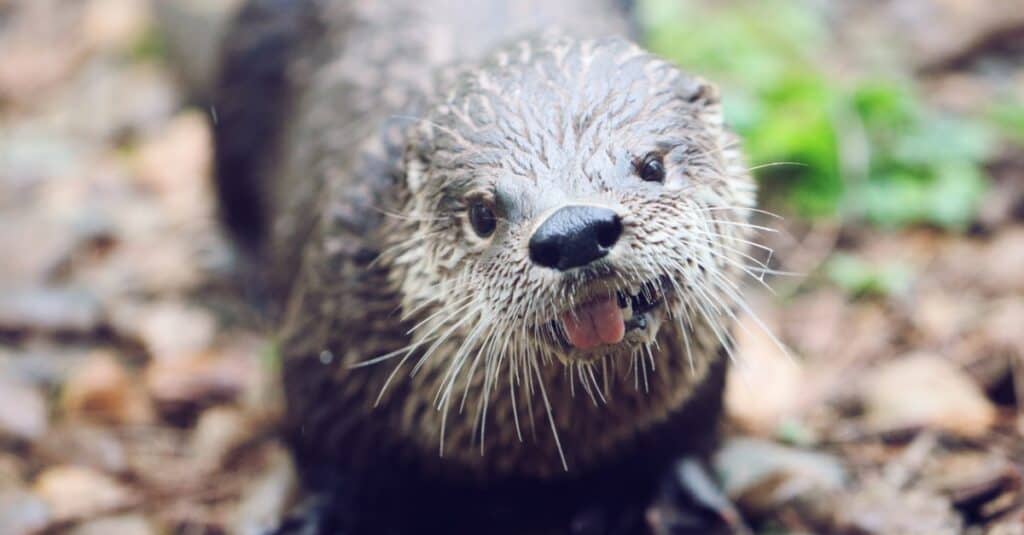Rhode Island is a state in New England famous for its colonial beach towns, sailing, and mansions built before the turn of the twentieth century. But they also have remarkable wildlife diversity despite being the smallest state in the country. Animals thrive in habitats such as coastal lowlands with lagoons, sandy beaches, and forested areas west of the bay. And among those animals, some are incredibly speedy. Discover the fastest animals in Rhode Island, including where you can find them and what makes them so swift.
Ruby-Throated Hummingbird

The
ruby-throated hummingbird
can fly 30 miles per hour during level flight but double that at 60 mph when diving through the air.
©CounselorB/Shutterstock.com
The ruby-throated hummingbird is native to North America and commonly found east of the Mississippi River. This species is the only native breeding hummingbird in the state, often found in open woodlands, meadows, and backyards during spring and summer. These tiny creatures are super fast, beating their wings 53 times per second. They can fly 30 miles per hour during level flight but double that at 60 mph when diving through the air. How fast they move depends on how fast they beat their wings, gravity, and wind. These birds have thin, curved, and asymmetrical primary feathers, which aid them in reaching their top speeds.
Snowshoe Hare

Snowshoe hares
have also been known to reach a max speed of 50 mph when escaping prey.
©Jukka Jantunen/Shutterstock.com
The snowshoe is a species of hare found in North America and thrives in the Northern United States and Canada. They are abundant in Rhode Island and primarily inhabit the state’s eastern side, where they live in dense woodlands and forest bogs. These mammals are fast and agile, averaging 30 miles per hour and leaping 12 feet in a single bound. They have also been known to reach a max speed of 50 mph when escaping prey. The snowshoe hare is impressive because he can run at intense rates in the soft snow by using his huge, furry paws to stay above the fresh powder without sinking. They are a popular target for many predators, so they have adapted to outrun many animals, including foxes and coyotes, which can run well over 40 mph.
Grey Fox

Grey foxes are quicker and sprier than their
red fox
cousins (30 mph), reaching a max speed of 42 miles per hour and leaping onto tree branches.
©iStock.com/johnpane
The grey fox is an omnivorous canine native to North and Central America, inhabiting dense hardwood forests. Foxes are common in Rhode Island, but grey foxes typically only occur in Jamestown. These salt and pepper mammals are quicker and sprier than their red fox cousins (30 mph), reaching a max speed of 42 miles per hour and leaping onto tree branches. They can outrun most dog species and humans but typically use their speed to escape danger. But speed is their primary tool for catching quick prey animals like hares. Unfortunately, for the fox, many of its meals can outrun it.
Goose

Geese can run up to 30 miles per hour and fly around 40 mph during migration.
©iStock.com/Robert Thorley
Geese are waterfowl found all over the world, and they feed on aquatic vegetation in sheltered bays, estuaries, ponds, fields, and lagoons across Rhode Island. The goose is an interesting bird and is both speedy on land and in the air. It can run up to 30 miles per hour and fly around 40 mph during migration. They can even reach 70 mph with a strong tailwind! Geese are feisty creatures; if you’ve ever been chased by one, you probably already know how fast they are. These birds also don’t glide when migrating like most species. Instead, they use quick, powerful wingbeats to propel them through the air.
Flying Squirrel

Flying squirrels
can hit rates as high as 35 mph before landing.
©Laura Fiorillo/Shutterstock.com
Flying squirrels, also known as “gliding squirrels,” are unusual animals that can sail through treetops. They are native to the Americas and common throughout the mainland part of Rhode Island. But you will rarely see them due to their nocturnal behavior. These squirrels can’t achieve full flight like bats, but they can glide for short distances at an average speed during level flights of 15 miles per hour. However, they can hit rates as high as 35 mph before landing. They don’t have wings, but a parachute-like membrane connects their front and back limbs; it catches air as they move between objects.
Harbor Seal

Harbor seals
can reach impressive speeds of up to 12 miles per hour when fleeing danger.
©wim claes/Shutterstock.com
Harbor seals, or common seals, reside along marine coastlines in the northern hemisphere. They are the state marine animal of Rhode Island and are known for their charismatic behavior. You can find them bobbing in the water or lounging on rocks near the state’s bays and coves. Despite their chubby appearance, they can reach impressive speeds of up to 12 miles per hour when fleeing danger. However, they can only maintain this for a short period before returning to their slower movements. Their bodies are pretty streamlined and graceful, and they have strong muscles that propel them forward.
River Otter

River otter
have long, slender bodies that allow them to move swiftly and gracefully, swimming eight miles per hour and running 15 mph.
©iStock.com/Heather Burditt
The river otter is endemic to North America and found along the continent’s waterways and coasts. These semiaquatic mammals are found all over Rhode Island’s watersheds and coastal areas and are the strongest swimmers in the weasel family. They have long, slender bodies that allow them to move swiftly and gracefully, swimming eight miles per hour and running 15 mph. They can slide even faster, often playing in the snow and mud.
Up Next:
- Discover the Fastest Animals in New Hampshire
- Discover the Fastest Animals in North Dakota
- The Fastest Animals In The World (Faster Than A Ferrari!?)
The photo featured at the top of this post is © Laura Fiorillo/Shutterstock.com
Thank you for reading! Have some feedback for us? Contact the AZ Animals editorial team.






